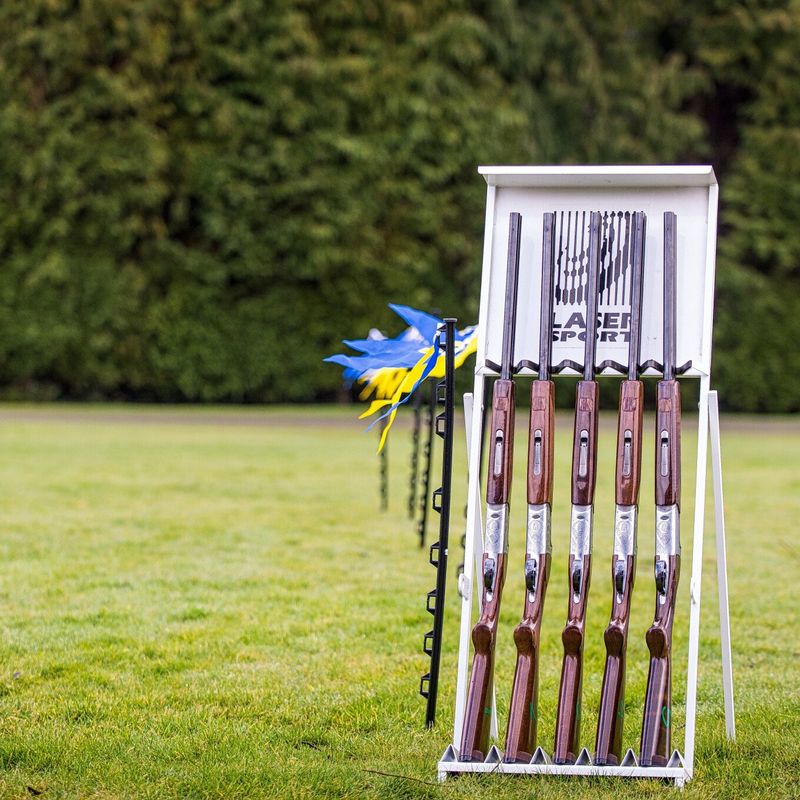Dore Abbey

Dore Abbey was established in 1147 and was colonised by monks from Morimond Abbey, France. When the monks arrived from Morimond, they found themselves on the border lordship of Ewyas Harold, owned by Robert Fitz Harold of Ewyas, who became the first patron of Dore. In 1321 Abbot Richard was given a relic of the Holy Cross by William de Gradisson, and it was said that crowds visited the abbey to see this. Lady Matilda de Bohun’s tomb (1318) was also a focal point of the abbey. Despite these attractions, the house was never a particularly rich one, in the survey of 1535 the net annual income was valued at £101 and the house was dissolved a year later. In 1633 the owner, Viscount Scudamore, decided to restore what was left of the abbey church and convert it for use as the local parish church. A tower was added, the interior refurbished, a fine Renaissance screen inserted, and windows replaced with seventeenth-century stained glass. By the late nineteenth century, the church was again in need of attention. Repairs were carried out by Roland Paul in 1901-09. The medieval presbytery is one of the finest Cistercian survivals in the west of Britain, and the interior dates from the restoration of the church in the early 1630s. The remains comprise the crossing and the liturgical east end of the monastic church, and there are still traces of the nave, and fragments of the claustral buildings.







